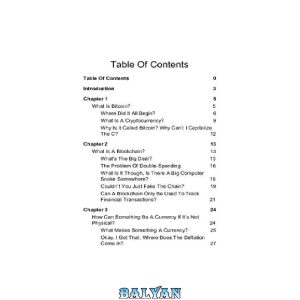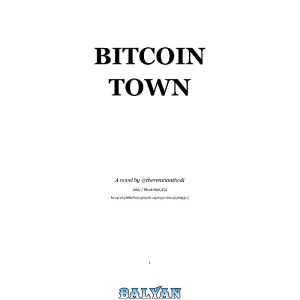ترجمه فارسی توضیحات (ترجمه ماشینی)
متون بیوگرافی از رامسید مصر
دوره رامسید در مصر (حدود 1290-1075 قبل از میلاد) با عصر برنز متاخر مطابقت دارد، زمان تغییرات بزرگی هم در مصر و هم در خاور نزدیک. این دوره از امپراتوری، تحت سلطه شخصیت رامسس دوم، شاهد تحولات مهمی در هنر، زبان و نمایش مذهبی بود. متون بیوگرافی از رامسید مصر بینش هایی را در مورد این دگرگونی های فرهنگی از طریق صدای چهل و پنج کشیش، هنرمند، مقامات کشوری، و مردان نظامی ارائه می دهد که در زمان پادشاهان سلسله های نوزدهم و بیستم خدمت می کردند. شصت و پنج متن زندگینامهای که در مقبرهها، مجسمهها و ستونهای معابد و بهطور استثنایی روی دیوارهای معابد حک شدهاند، جزئیاتی از حرفه و شخصیت آنها را ارائه میدهند. ترجمههایی که به صورت متریال تنظیم شدهاند با توصیف متون بافتهای تاریخی و در صورت امکان، خلاصهای از مشاغل صاحبان آنها معرفی میشوند. این جلد مقدمهای بر پیشینه تاریخی دوره رامسیدی ارائه میکند و موضوعات کلیدی و موضوعات تفسیری مطرح شده توسط متون و زمینههای آنها را گرد هم میآورد. اینها شامل بازنمایی روابط با خدایان و پادشاه، مضمونسازی زندگی کاهنی، و پیامدهای تغییرات در رسانههای متنی، از جمله برنامههای تزئینی جدید مقبرههای غیر سلطنتی است. این ادغام متن با زمینه، معنای زندگی نامه نگاری در مصر باستان را به عنوان یک کل روشن می کند.
The Ramessid period in Egypt (ca. 1290-1075 B.C.E.) corresponds to the Late Bronze Age, a time of great change both in Egypt and the Near East. This period of empire, dominated by the figure of Ramesses II, witnessed crucial developments in art, language, and religious display. Biographical Texts from Ramessid Egypt offers insights into these cultural transformations through the voices of forty-five priests, artists, civil officials, and military men who served under the kings of the Nineteenth and Twentieth Dynasties. Sixty-five biographical texts, which were inscribed in tombs, on statues and stelae in temples, and exceptionally on temple walls, give details of their careers and character. The metrically arranged translations are introduced by descriptions of the texts monumental contexts and, where possible, summaries of the careers of their owners. The volume provides an introduction to the historical background of the Ramessid period, drawing together key themes and interpretive issues raised by the texts and their contexts. These include the representation of relationships to deities and the king, the thematization of the priestly life, and implications of changes in the texts media, including new decorative programs of nonroyal tombs. This integration of text with context sheds light on the meaning of biographical writing in ancient Egypt as a whole.












نقد و بررسیها
هنوز بررسیای ثبت نشده است.